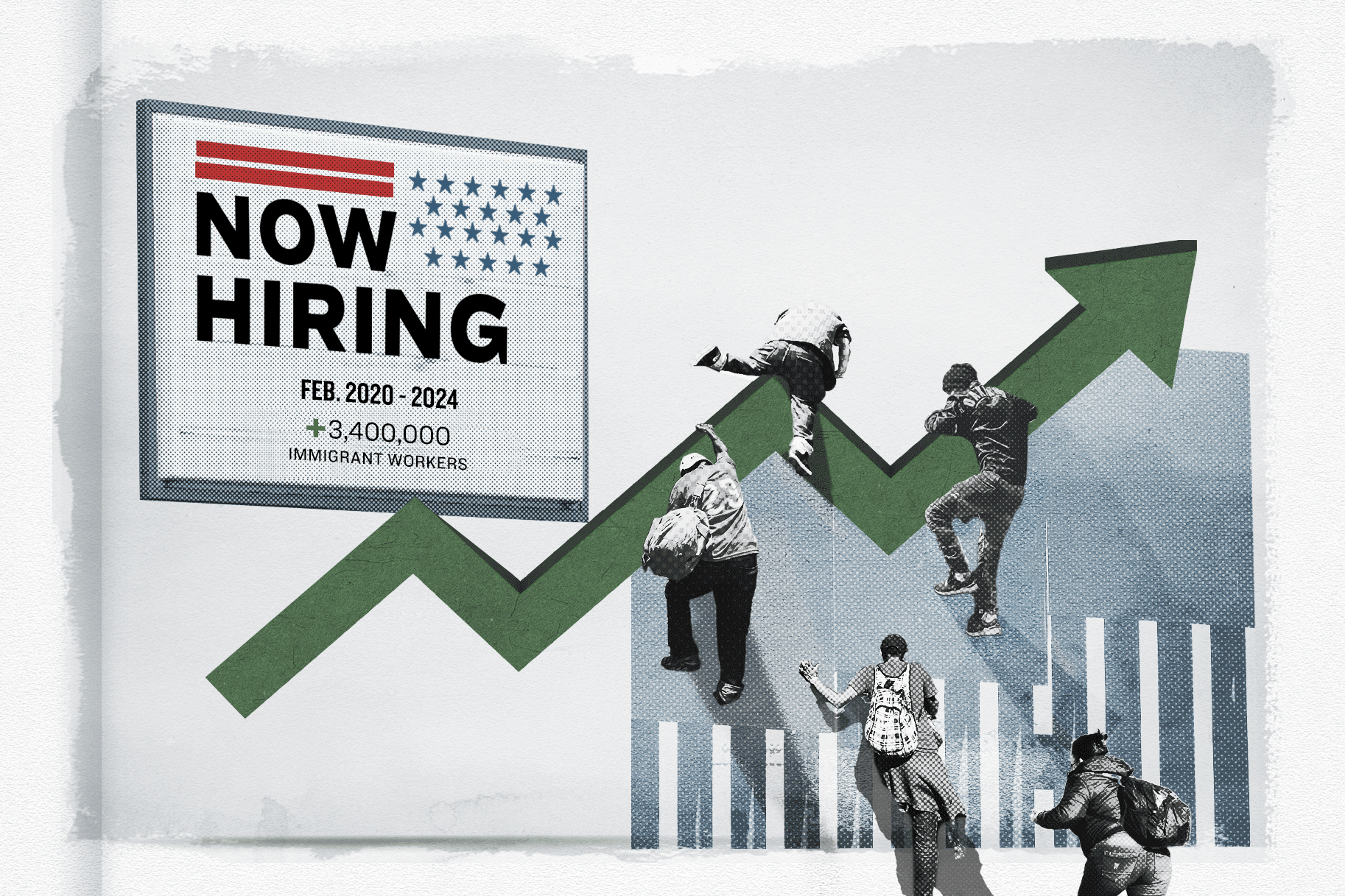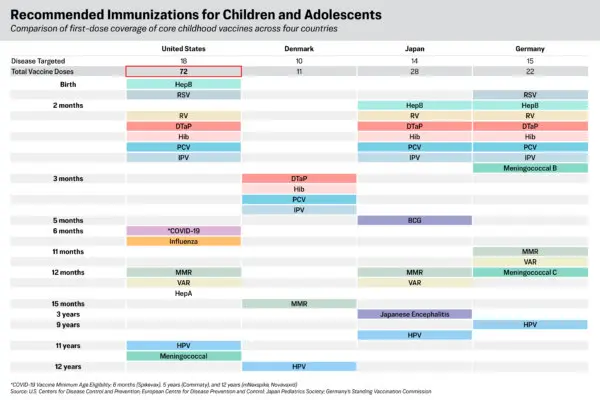Economists are expressing concern over the increasing number of illegal immigrants in the United States, who they have said are obscuring the actual condition of the jobs market and the U.S. economy.
For the past few years, the headline employment figure has been impressive. The country has recovered the lost jobs from the government-imposed shutdowns during the COVID-19 pandemic and added a few million more, despite a climate of high inflation and rising interest rates.










